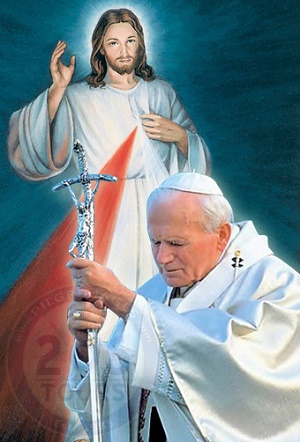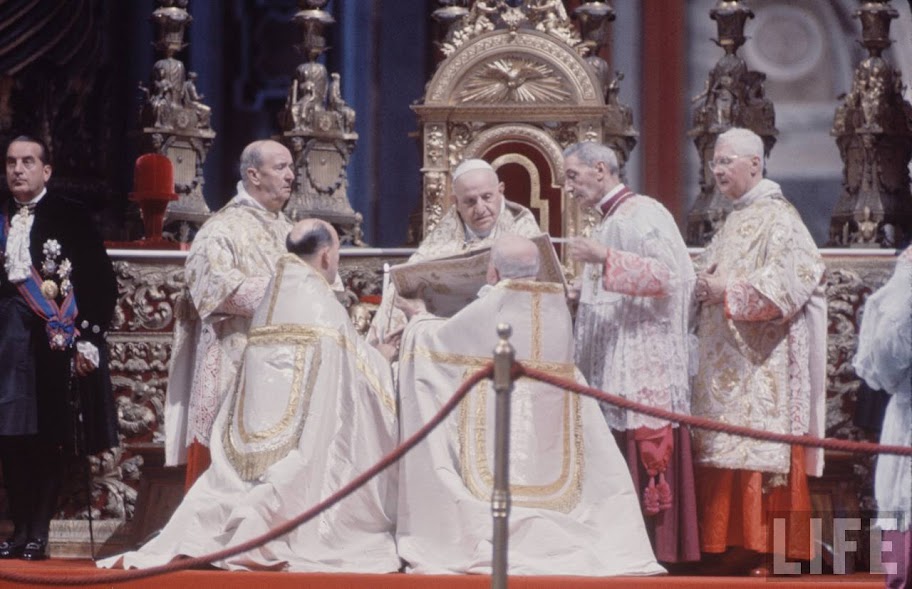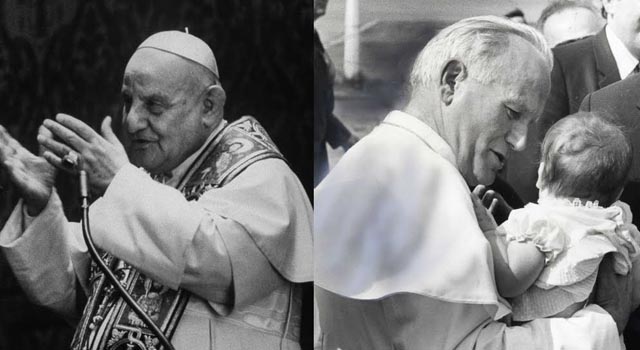Maronite Patriarch Beshara al-Rahi backs the candidacy of former Interior Minister Ziad Baroud for the presidency, al-Akhbar newspaper reported on Wednesday. According to the daily, al-Rahi informed officials ahead of his trip to the Vatican last week that he adopts Baroud’s candidacy based on surveys carried out by Bkirki. A second round will be held […]
Ahead of the 2014 presidential election, this is the 12th and last article in a series that has examined the circumstances and conditions that shaped the elections of Lebanon’s presidents since 1943. BEIRUT: The election of Michel Sleiman to the presidency came as a result of the Qatari-brokered Doha Accord that ended days […]
After years of dating actresses, models, cocktail waitresses and a former professional wrestler, we can’t say we’re surprised that the woman who convinced George Clooney to commit is a successful lawyer. Yes, the perpetual bachelor is officially engaged to Amal Alamuddin. If you’re wondering why you haven’t heard her name before, it’s because […]
Maronite Patriarch Beshara al-Rahi will travel to the Holly Land next month along with the delegation accompanying Pope Francis, al-Joumhouria newspaper reported on Tuesday. Bishop Boulos Sayyah, who will be accompanying al-Rahi in his trip, told the newspaper that the Patriarch will be within the delegation traveling with the Pontiff. “There is a Maronite […]















VATICAN CITY – Pope Francis declared Popes John XXIII and John Paul II saints before over 1 Million people on Sunday in an unprecedented ceremony made even more historic by the presence of emeritus Pope Benedict XVI in St. Peter’s Square. Never before have a reigning pope and a retired pope celebrated Mass together in public, much less at an event honoring two of their most famous predecessors.
Benedict’s presence was a reflection of the balancing act that Francis envisioned when he decided to canonize John and John Paul together, showing the unity of the Catholic Church by honoring popes beloved by conservatives and progressives alike. Francis made that point clear in his homily, praising both new saints for their work associated with the Second Vatican Council, the groundbreaking meetings that brought the 2,000-year-old institution into modern times. John convened the council in 1962 while John Paul helped ensure its more conservative implementation and interpretation.
"John XXIII and John Paul II cooperated with the Holy Spirit in renewing and updating the church in keeping with her pristine features, those features which the saints have given her throughout the centuries," Francis said. He praised John for having allowed himself to be led by God to call the council, and he hailed John Paul’s focus on the family — an issue Francis has taken up himself.
"They were priests, bishops and popes of the 20th century," Francis said. "They lived through the tragic events of that century, but they were not overwhelmed by them." It was Benedict who put John Paul on the fast-track for possible sainthood just weeks after he died in 2005, responding to the chants of "Santo Subito!" or "Sainthood Now!" that erupted during his funeral Mass. His canonization is now the fastest in modern times. A lot has been made of the contrasts between the two Pontiffs. John the XXIII is known as having been a great liberalizing force for the Catholic Church, and John Paul II a real advocate for adhering to its most conservative tenets. But many church insiders say actually the two men represent continuity in the Church. John XXIII made it more accessible to people by replacing Latin masses with vernacular ones, and having priests face the congregations rather than stand with their backs to them. And John Paul II, with his tireless globetrotting, brought the Church to the people. And he did it for more than a century. You can see the impact of that when you assess the crowds on St. Peter’s Square who have come from around the world to celebrate these canonizations. Father Thomas Rosica of the Holy See Press Office noted, "What is amazing about this unique relationship of John Paul II and young people is the older he got and the more infirm he became, the more significant he was for young people. One would think that young people would only look tothose that are agile and beautiful and standing tall, athletes and stars that the world offers us." The Church in recognizing saints – there are many unrecognized, uncanonized saints – affirms that our Communion of Saints extends into heaven, creating a between the saints in heaven, the souls in purgatory, the angels, and the faithful on earth. The message here is a simple one: we are not on our own, ever – the virtue of supernatural charity is not a mean, but an excess.
WASHINGTON,DC (Catholic Online) – There are between 10,000 and 11,000 saints canonized by the Catholic Church, depending on the sources you include. Pope Francis added 813 saints to the list on one day, May 13, 2013, and now we are to celebrate the recognition of two more, Pope John XXIII and John Paul II on April 27 in St. Peters Square. Attendance estimates start at 500,000 and go as high as a million.
Such a gathering of the faithful from around the world in this age of secularism and the myriad of books pouring out on the New Atheism! What would happen if a leading atheist, say Richard Dawkins, died and one of his acolytes organized an event to memorialize Dawkins and announce him the athiest’s version of a saint. I’m not sure what that would be called – perhaps, the first Refuser.
I can imagine the New Atheists memorial being held in Washington Square, with about 300-400 people in attendance, mostly curious NYU students and chess players. "Richard Dawkins denied the existence of God to the very end of his life, without any hesitation or qualification". Richard Dawkins would be eulogized for refusing to accept the solace of eternal life even in the face of death. Presumably dozens of those present with well-thumbed copies of Nietzsche in the back packs would nod in appreciation. We know that St. Peter’s Square will be overflowing with happy faces, banners waving, and spontaneous outburst of songs – in many languages – who will greet the arrival and presence of Pope Francis. What would the mood be like in Washington Square at the memorial service of the world’s best known "militant atheist"? There aren’t any songs that come to mind, though atheists themselves are partial to quite a few songs, including "Letting Go of God" sung by Julia Sweeney. Click read more for pictures
VATICAN CITY — The joint canonization of Popes John Paul II and John XXIII on Sunday is a convergence of coincidences, personalities and legacies. Not only is the elevation of two popes to sainthood at the same time unprecedented, but the men sitting in the audience will also represent a first for the […]
The summons by the Special Tribunal for Lebanon of al-Jadeed TV and al-Akhbar newspaper’s journalists on charges of “contempt and obstruction of justice” are “void” and could be refuted. Lawyer Antoine Korkmaz, who is suspect Mustafa Badreddine’s lead defense counsel, told As Safir newspaper on Saturday that the case “is legally invalid.” According to […]
I recently returned from the Middle East, where I captured stories for a film project about Christians living their faith in the face of crippling persecution. In Beirut, Lebanon, I spoke with two Lebanese Christians, Georges Maalouly — a 48-year old, Orthodox father of three — and his friend Father Joseph — a priest […]



